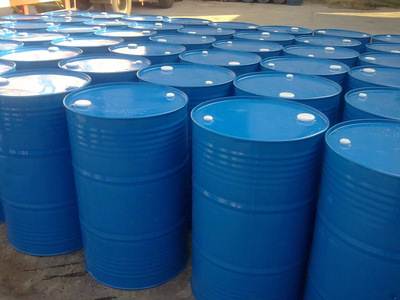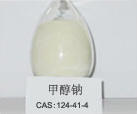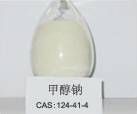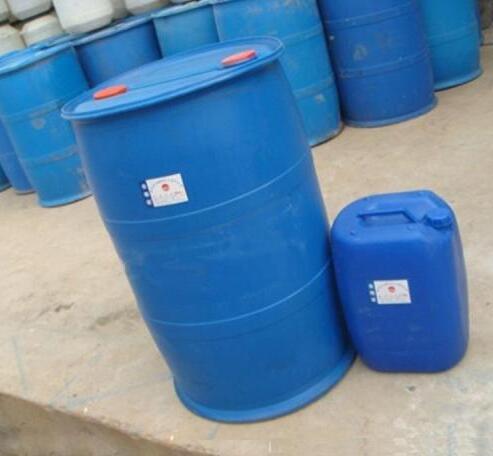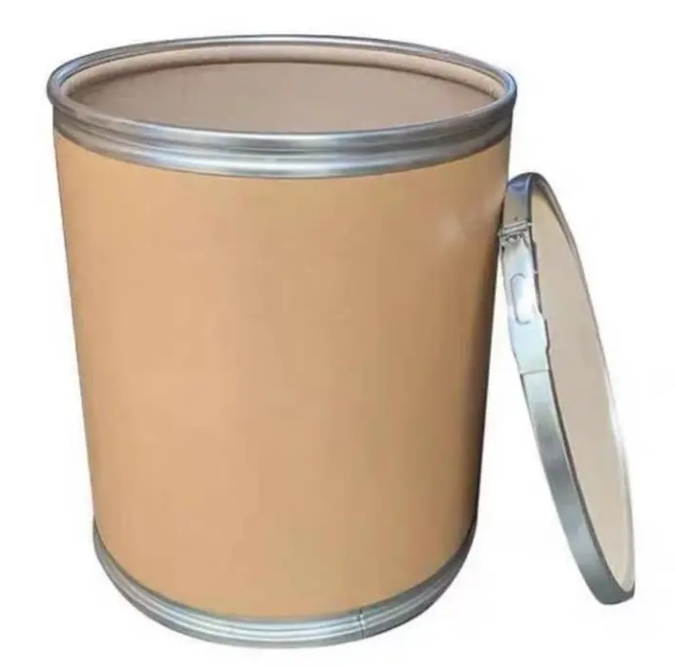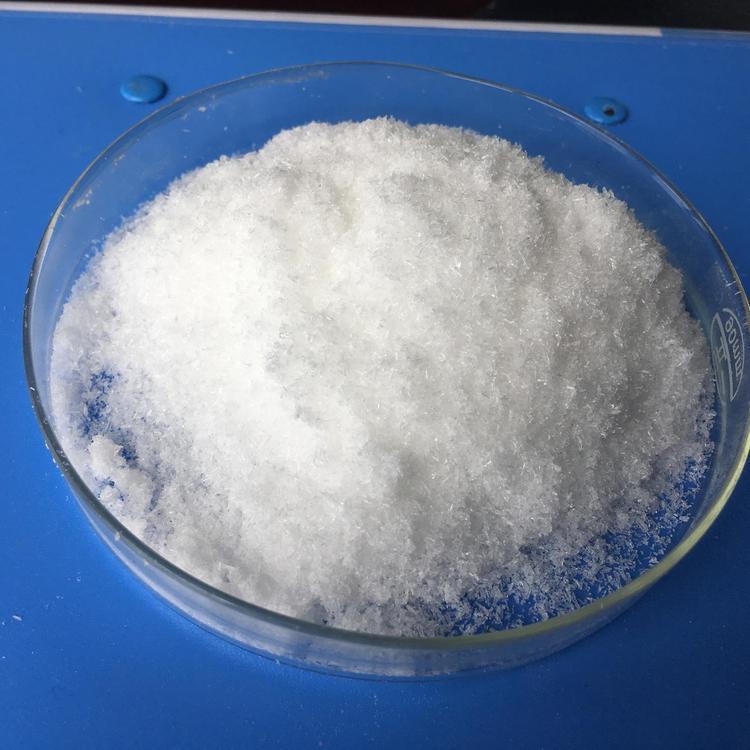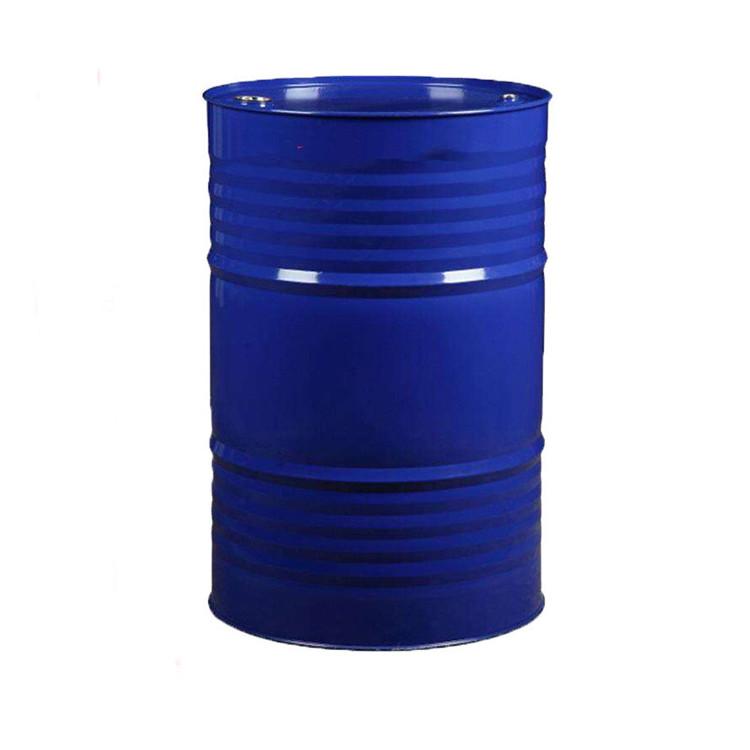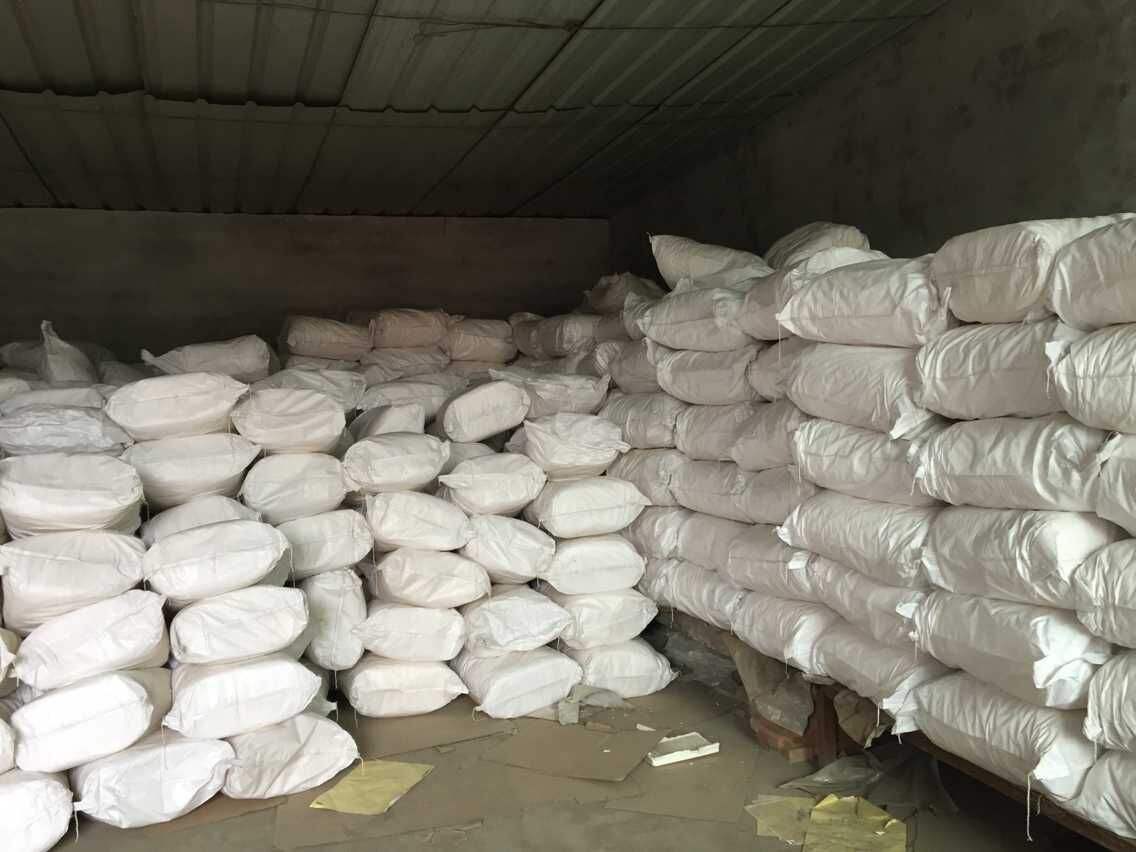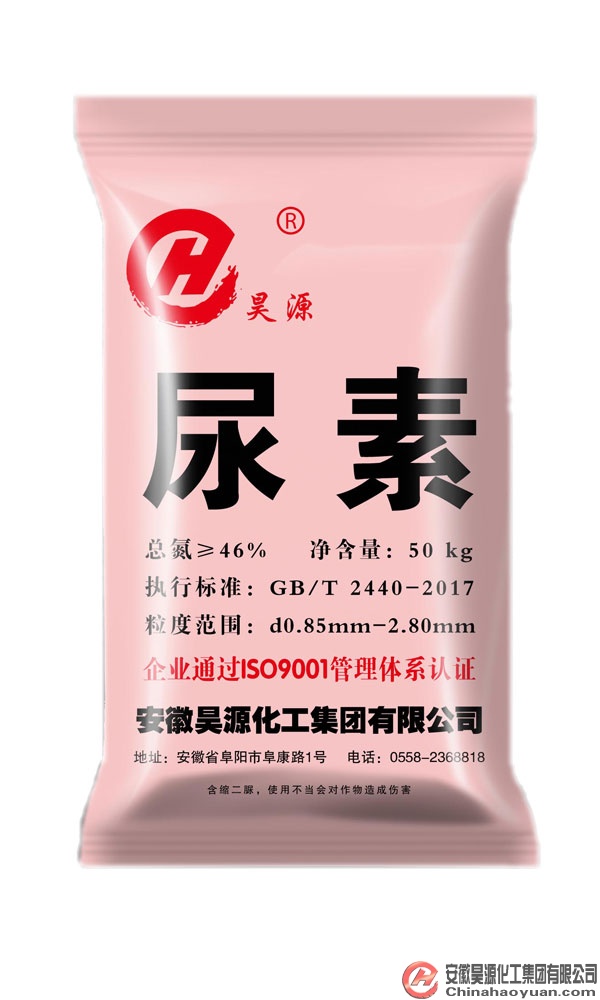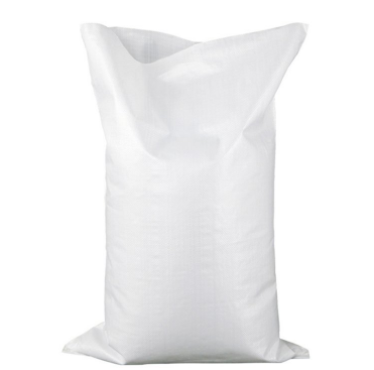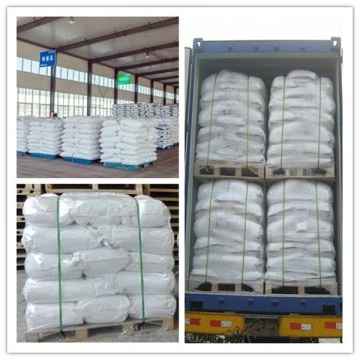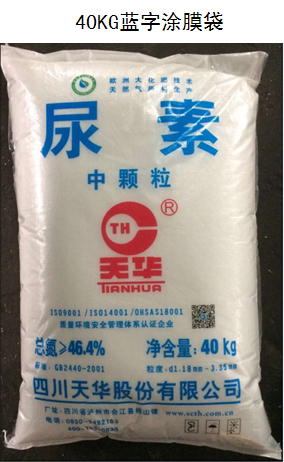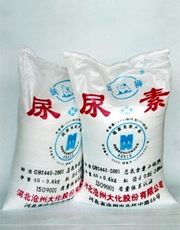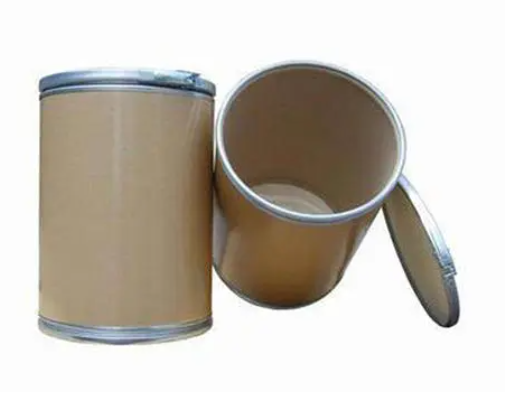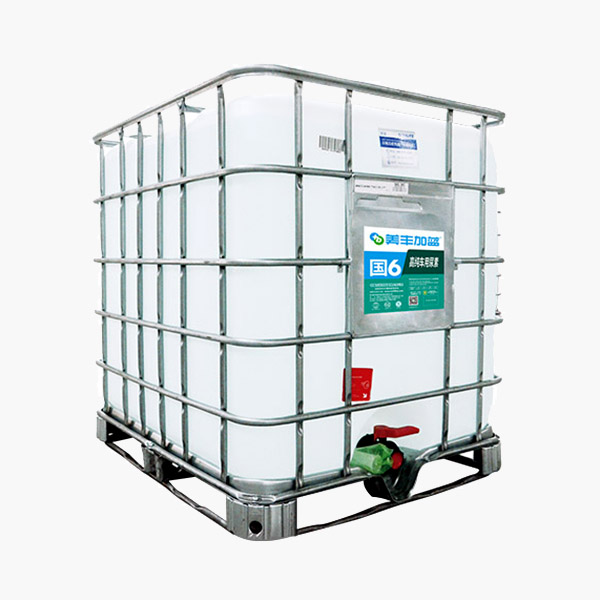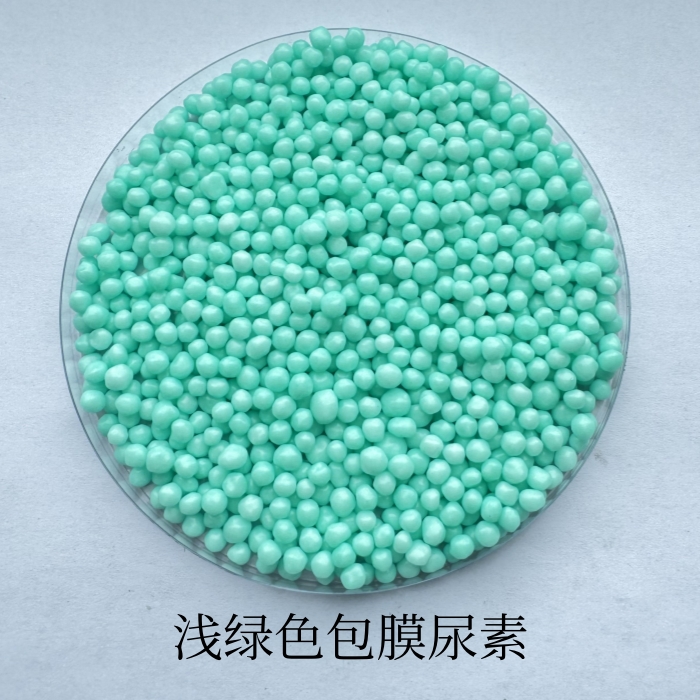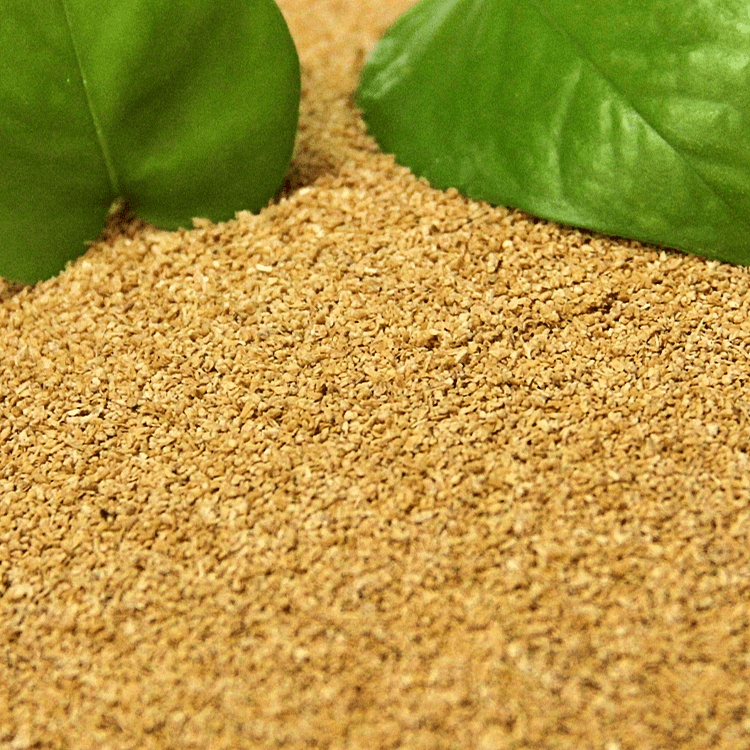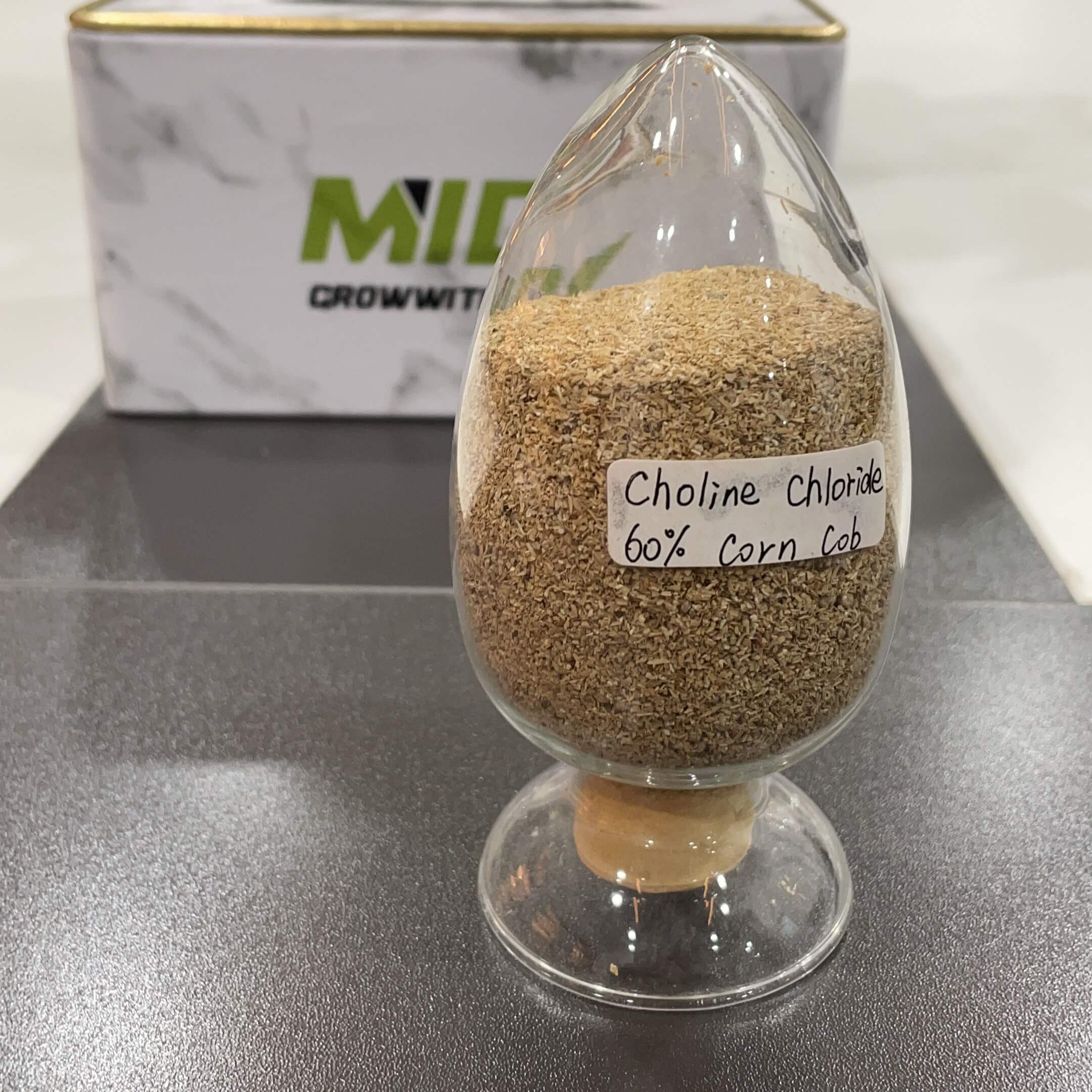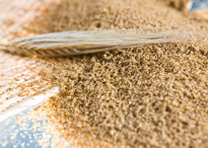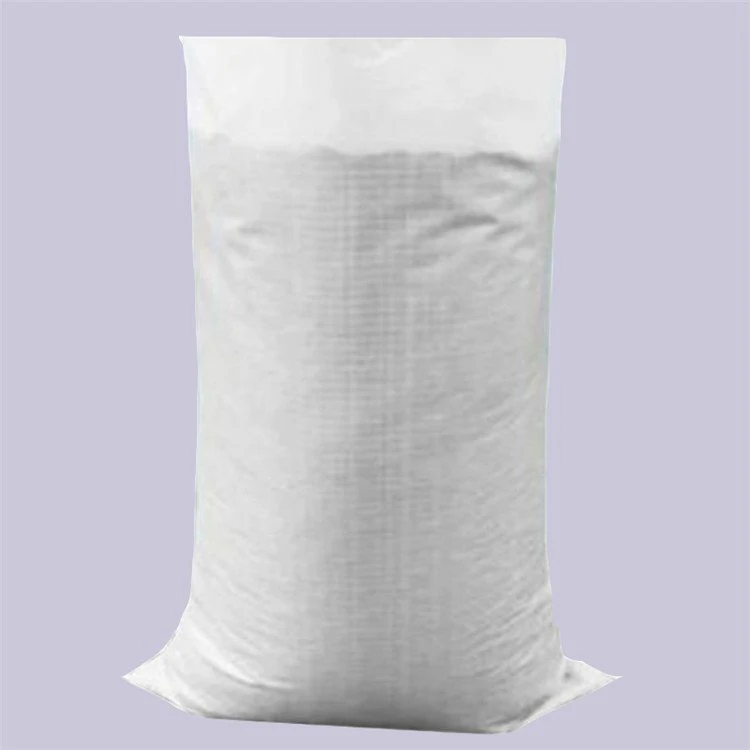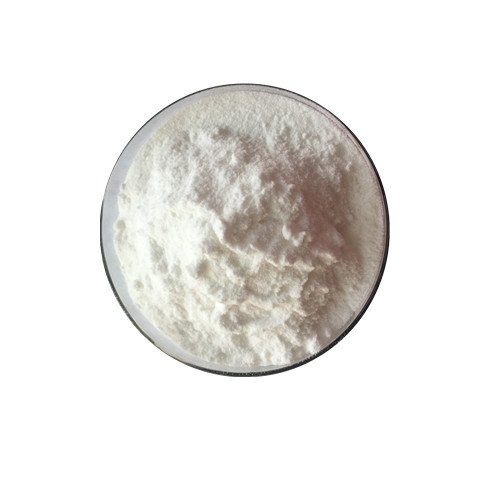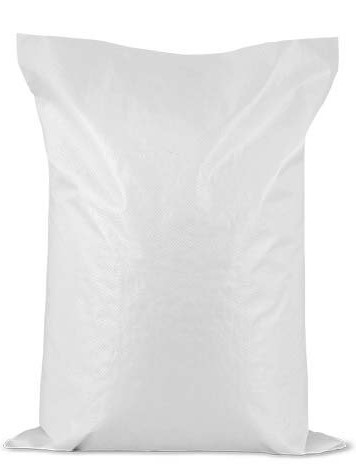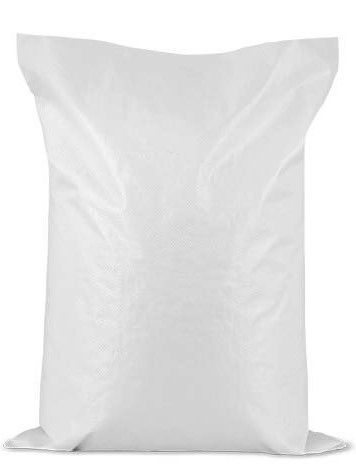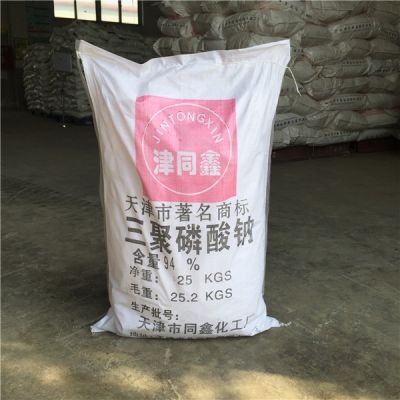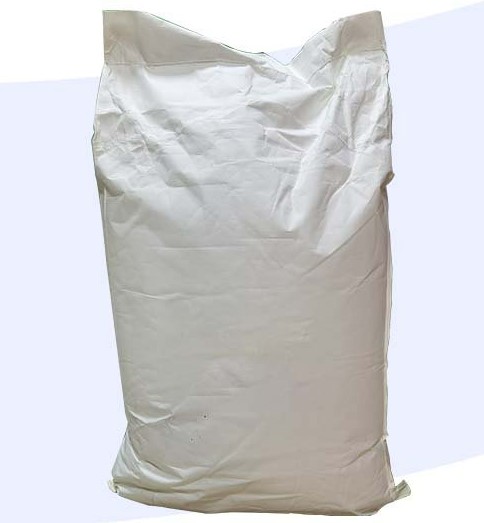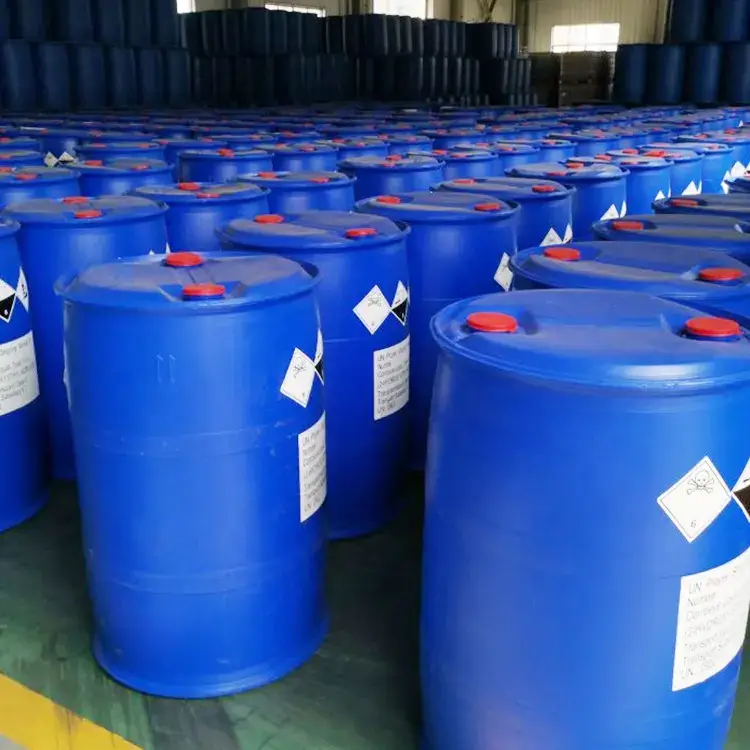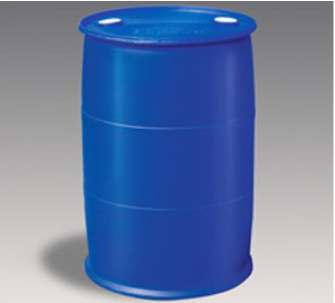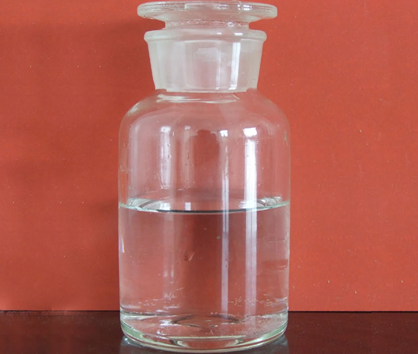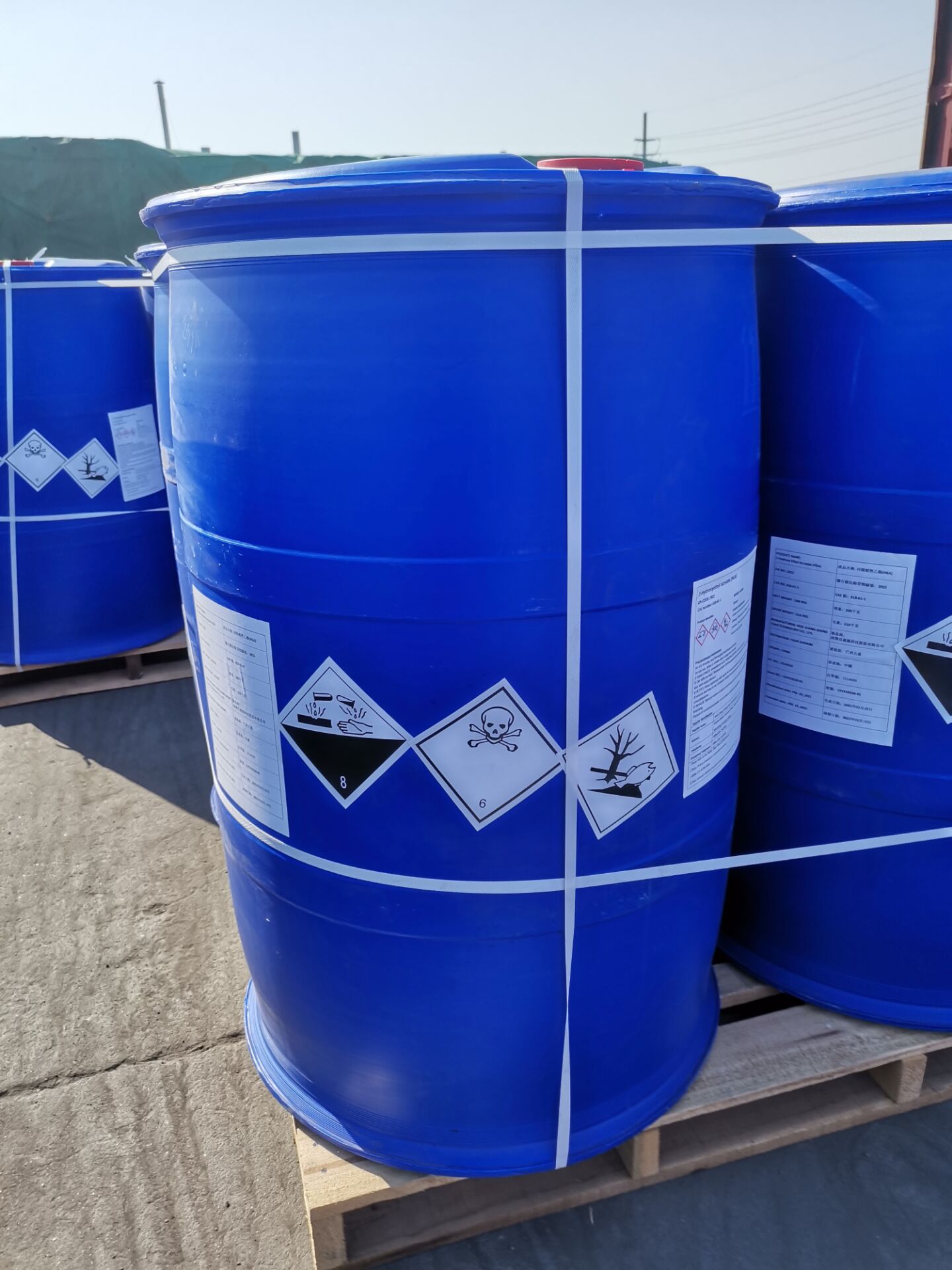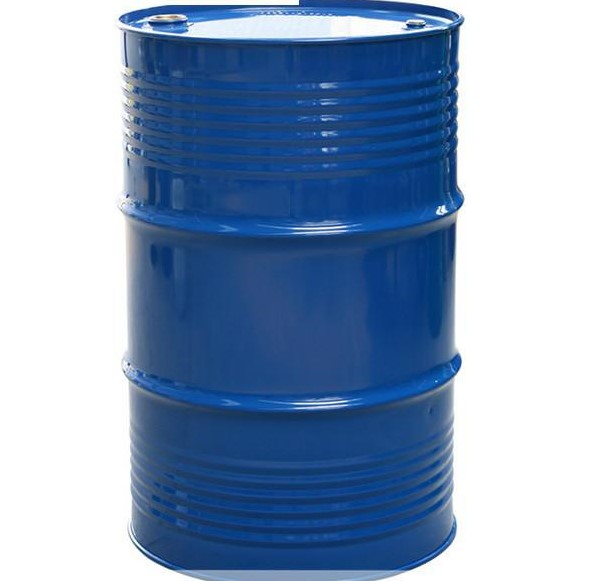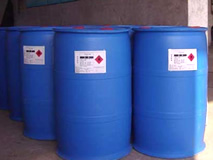Agrochemicals
Find
1818
related chemicals for you
CAS:124-41-4
Molecular Formula:CH3NaO
Alias
More Information
Sodium Methylate; Sodium Methanolate; Methanol Sodium Salt; SMO; Feldalatnm; Methanol, Sodium Salt; Methoxysodium; Methylatedesodium(French)
Brief Introduction
Sodium methoxide is a kind of alkoxide formed from methanol, which is a strong base commonly used in organic synthesis. There are two forms of sodium methoxide: solid and liquid. The solid is pure sodium methoxide, and the liquid is methanol solution of sodium methoxide. The content of sodium methoxide is 27.5 ~ 31%. Liquid sodium methoxide is colorless or yellowish viscous liquid, sensitive to oxygen, flammable and explosive. Easy to absorb moisture. It dissolves in methanol and ethanol, decomposes into methanol and sodium hydroxide in water, and decomposes in air above 126.6 ℃. Insoluble in benzene and toluene. It has strong irritation and strong corrosiveness. It is used as condensation agent, strong basic catalyst and methoxylation agent for the preparation of vitamin B1, a, sulfadiazine and other drugs. A small amount is used in pesticide production. It can also be used as a catalyst for the treatment of edible fats and oils, especially lard. It can also be used as analytical reagent. Solid sodium methoxide is a colorless amorphous powder, sensitive to oxygen, flammable, soluble in methanol and ethanol, decomposed into methanol and sodium hydroxide in water, and decomposed in air above 126.6 ℃. It is mainly used in the production of sulfonamides, VB6 and VA. Sodium methoxide is also a catalyst for organic synthesis, which is used in pesticide production and oil processing industry.
Suppliers
View More Vendors (9) >
Alias
More Information
Diaminomethanal; Ureum; Aquacare; Aquacare HP; Aquadrate; Aqua-Drate; Benural 70; Adblue Urea; Technical Grade urea; Urea 46; Liquid Urea; Urea Food Grade; Urea For Adblue; Liquid Vehicle Urea; Adblue; Prilled Automotive urea; UREA Adblue; aus 32; urea def; Urea Technical; Prilled urea; _|_; Biobased Polyurethane Coated urea; Urea Technical Grade
Brief Introduction
Urea is a nitrogenous compound containing a carbonyl group attached to two amine groups with osmotic diuretic activity. In vivo, urea is formed in the liver via the urea cycle from ammonia and is the final end product of protein metabolism. Administration of urea elevates blood plasma osmolality, resulting in enhanced flow of water from tissues, including the brain, cerebrospinal fluid and eye, into interstitial fluid and plasma, thereby decreasing pressure in those tissues and increasing urine outflow.
Suppliers
View More Vendors (9) >
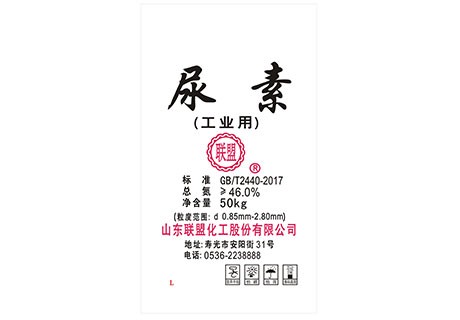
Total nitrogen (N) content (on dry basis) ≥ 46%
/
Tech Grade
50kg
/
Woven Bag
CAS:67-48-1
Molecular Formula:C5H14ClNO
Alias
More Information
2-Hydroxyethyl; CC; 2-Hydroxyethyl Trimethylammonium Chloride; (2-Hydroxyethyl)Trimethyl-Ammoniuchloride; (Beta-Hydroxyethyl)Trimethylammonium Chloride; 2-Hydroxy-N,N,N-Trimethyl-Ethanaminiuchloride; Ammonium, (2-Hydroxyethyl)Trimethyl-, Chloride; Bilineurin Chloride; Biocoline; Choline Chloride 70% Powder feed Grade; Choline Chloride Maxpharm MCC; Choline Chloride Power
Brief Introduction
Choline chloride is a quaternary ammonium salt with choline cation and chloride anion. It has a role as an animal growth promotant. It is a chloride salt and a quaternary ammonium salt. It contains a choline.
Suppliers
View More Vendors (8) >
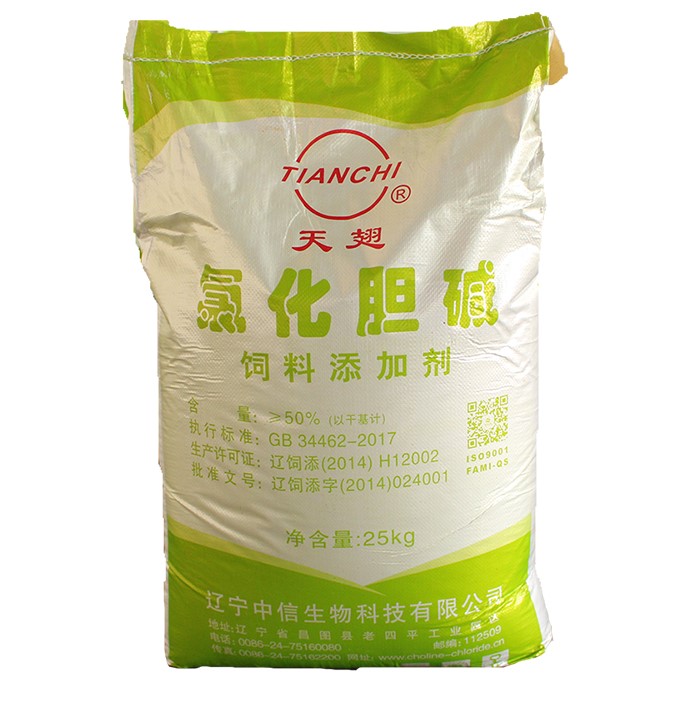
≥50.0%;≥60%;≥70%/ Corn Cob Carrier Powder
/
Feed Grade
25kg
/
Woven Bag
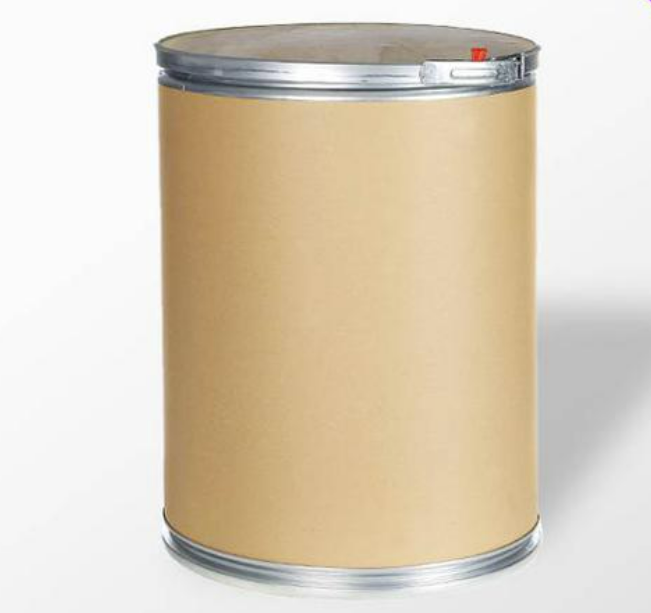
≥50.0%;≥60.0%/ Corn Cob Carrier Powder
/
Feed Grade
25kg
/
Fibre Drum
CAS:7758-29-4
Molecular Formula:Na5O10P3
Alias
More Information
Sodium Triphosphate; Pentasodium Triphosphate; Sodium Tripolyphosphate (STPP); Stpp; Armofos; Empiphosstp-D; Freez-Gardfp19; Natriumtripolyphosphat; Stpp food Grade; sttp
Brief Introduction
Sodium tripolyphosphate is a white powder crystal with good fluidity. It is easily soluble in water and its aqueous solution is alkaline. Sodium tripolyphosphate is commonly used in food as water retention agent, quality improver, pH regulator and metal chelator. For example, sodium tripolyphosphate can increase the tenderness of meat, and can also be used as food improver of fish products and clarifier of drinks.
Suppliers
View More Vendors (8) >
CAS:818-61-1
Molecular Formula:C5H8O3
Alias
More Information
2-Hydroxyethylacrylat; Glycolmonoacrylate; 2-HEA; Hydroxyethyl Acrylate; 4-Acryloyloxyethyl Alcohol; Hea
Brief Introduction
HEA is mainly applied in the production of thermosetting coating, cementing compound, polycarboxylate superplasticizer and synthetic resin copolymer modifier.
Suppliers
View More Vendors (8) >
Inquiry (
10
/ 10
)
Clear All
You can inquire for up to 10 products at a time
Sign In
Error!

